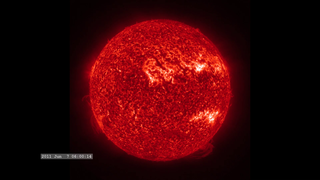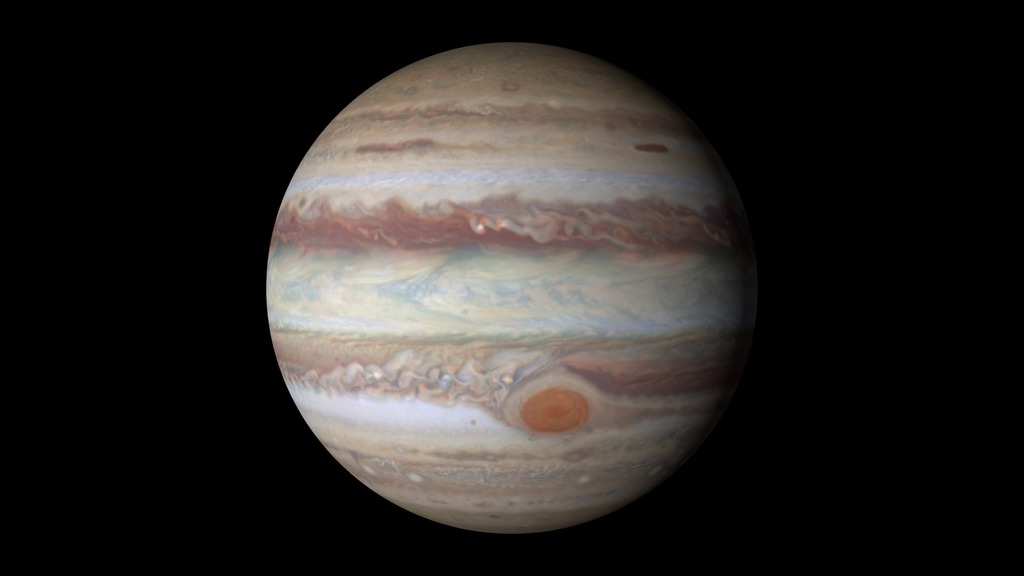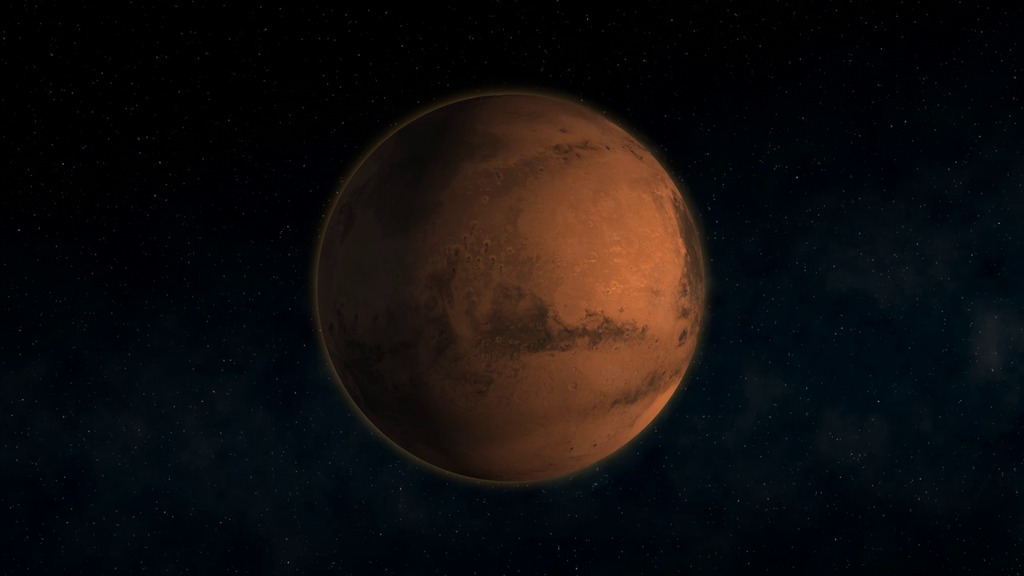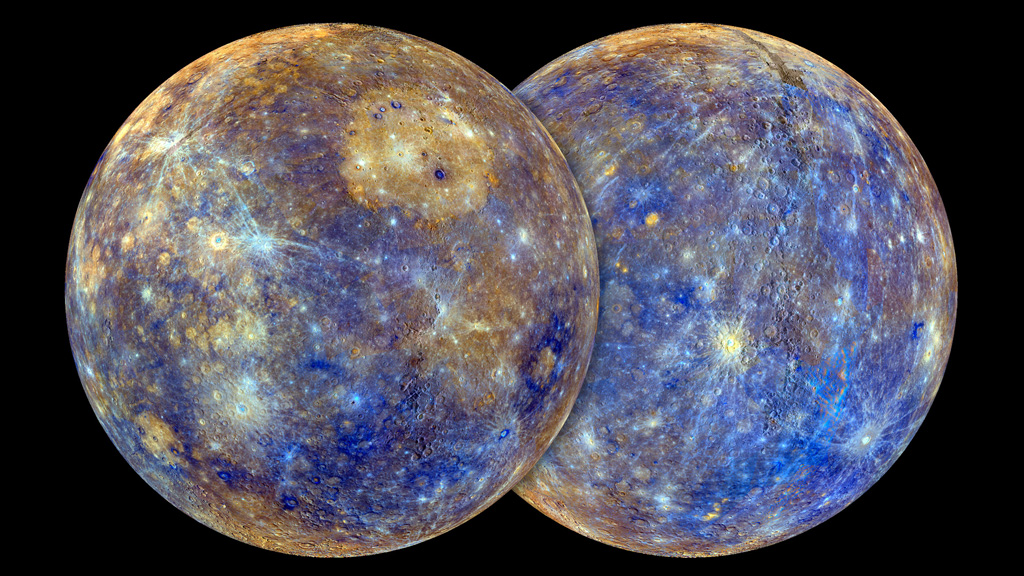Our Solar System
The 8 planets plus Pluto with planetary axis tilt
Our solar system is made up of a star—the Sun—eight planets, 146 moons, a bunch of comets, asteroids and space rocks, ice, and several dwarf planets, such as Pluto. The eight planets are Mercury, Venus, Earth, Mars, Jupiter, Saturn, Uranus, and Neptune. Mercury is closest to the Sun. Neptune is the farthest.
Planets, asteroids, and comets orbit our Sun. They travel around our Sun in a flattened circle called an ellipse. It takes the Earth one year to go around the Sun. Mercury goes around the Sun in only 88 days. It takes Pluto, the most famous dwarf planet, 248 years to make one trip around the Sun.
Moons orbit planets. Right now, Jupiter has the most named moons—50. Mercury and Venus don't have any moons. Earth has one. It is the brightest object in our night sky. The Sun, of course, is the brightest object in our daytime sky. It lights up the moon, planets, comets, and asteroids.
The 8 planets plus Pluto
The Sun plus the 8 planets with planetary axis tilt
The Sun plus the 8 planets
The 8 planets plus Pluto with planetary axis tilt, planet names only
The 8 planets plus Pluto with planetary axis tilt, no labels
The 8 planets plus Pluto with planetary axis tilt for Jim Green Space Weather presentation, with artist's rendering of lightning storms on Jupiter and Saturn, and Pluto's moon Charon crossing
For More Information
Credits
Please give credit for this item to:
NASA/Johns Hopkins University Applied Physics Laboratory/Carnegie Institution of Washington (Mercury), USGS Astrogeology Science Center (Venus, Mars), NASA's Goddard Space Flight Center/Space Telescope Science Institute (Jupiter), NASA/JPL/Space Science Institute (Saturn) and NASA's Goddard Space Flight Center (Earth, Jupiter, Uranus)
-
Animator
- Amy Moran (Global Science and Technology, Inc.)
Missions
This page is related to the following missions:Release date
This page was originally published on Tuesday, March 15, 2016.
This page was last updated on Monday, March 10, 2025 at 12:22 AM EDT.



